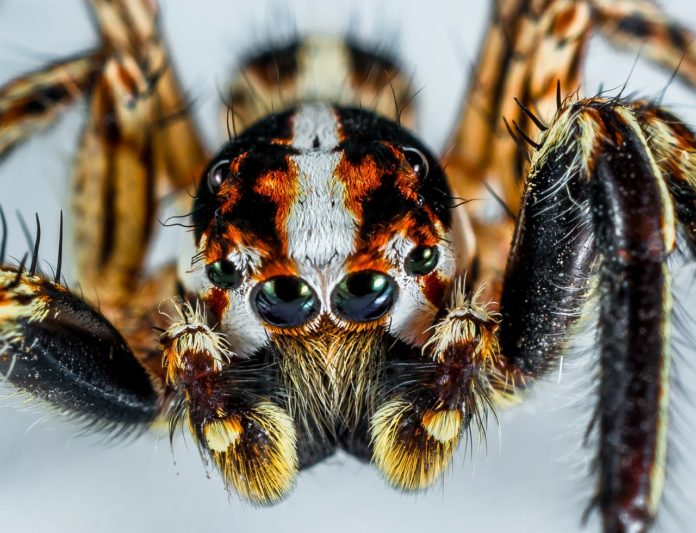Spiders – mysterious, eighteen predators whose uniqueness attracts scientists around the world. And more than any other animal is still discovering. We have selected at least the following 8 facts that you do not know about these special arthropods.
Spiders are totally incapable of spending a solid meal. In his prey, he must first inject liquid from his body that greatly softens the internal tissues and organs. Once everything dissolves inside, he is able to suck out the gutted intestines and give it a good dough.
Spider’s blood is blue … Really? It’s maybe strange, but some spiders have no blood at all. The fluid that replaces it is called hemolyph. Our blood comes from a molecule called hemoglobin that contains iron. This is, among other reasons, why our blood is red. Spider “blood”, however, is largely based on copper-based hemocyanin protein. So when it reacts with oxygen, it turns blue.
Spiders must control their blood pressure so they can move. By making his / her ability to move dependent on pressure, he / she may be able to move his / her legs, for some species essential to jump. Spiders have hemolymphic pressure in their leg joints and they help them in long jumps.
Spiders have no spine. Spiders have no bones at all. They have an exoskeleton that surrounds their organs and blood. It classifies them as invertebrate species. But they are not the only ones. In fact, the exoskeleton holds all the insects together. This substance has the consciousness that the process of their growth is more complicated and “snapped” out of the skin.
They are coming back in time. While we are vulnerable as children, we grow and are more resistant. But the spiders seemed to return to this phase by changing the carapace. Before it hardens, they are very vulnerable.
If we do not constantly destroy the old spiders, they would eat it. When the web is too sticky or too polluted, it will use it to build a new network. You see? Unlike us, spiders recycle maybe too much.
Some species of spiders live in the water (yes, you are not safe). Adapted to fluid movement. They are wearing a kind of naturally created suit. Throughout her body she has fine hairs on which she holds air bubbles from which she draws oxygen.
There are no spiders on Antarctica. These extremely low temperatures are the only thing that spiders have discouraged.





